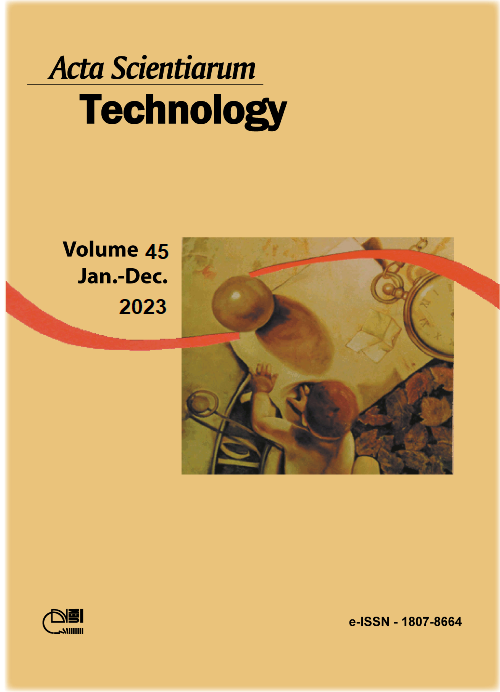A novel moving window-based power spectrum features for single-channel EEG classification using machine learning
DOI:
https://doi.org/10.4025/actascitechnol.v45i1.61684Palavras-chave:
EEG; fourier transform (FT); power spectrum; moving window; machine learning; classification.Resumo
Electroencephalogram (EEG) signal classification is a crucial and very difficult task. Meanwhile, extracting features that are representative and able to discriminate different types of EEG signals is a complex task. Such features are usually fed to machine learning algorithms to classify the EEG signals based on the extracted features. This paper proposed a highly accurate and real-time features extraction method that can be used to help physicians in detecting different types of seizures and states in EEG signals characterized by a set of features extracted from the power spectrum of the EEG window. This is achieved by applying the following four steps. First, the EEG signals dataset contains different classes of EEG signals: Normal Eye Closed, Normal Eye Opened, Focal Seizure, Non-Focal Seizure, and Ictal Seizure activities. Second, each EEG signal has a length of 4097 samples sampled with a sampling frequency of 173.6 Hz which resulted in 23.6 seconds in length, this signal will be truncated into windows (Sub-signals) with a length of 349 samples (Approximately 2 seconds) with a total number of 12 windows for each signal. Afterward, the Fourier Transform (FT) based power spectrum will be computed for each window, then a set of different features are extracted from each window's FT power spectrum, and these features are classified using different Machine Learning (ML) algorithms. The results showed that the proposed methodology yields around 98% accuracy for the five different classification scenarios using different ML algorithms. The suggested method is hence robust, fast, real-time, accurate, and simple.
Downloads
Referências
Downloads
Publicado
Como Citar
Edição
Seção
Licença
DECLARAÇíO DE ORIGINALIDADE E DIREITOS AUTORAIS
Declaro que o presente artigo é original, não tendo sido submetido í publicação em qualquer outro periódico nacional ou internacional, quer seja em parte ou em sua totalidade.
Os direitos autorais pertencem exclusivamente aos autores. Os direitos de licenciamento utilizados pelo periódico é a licença Creative Commons Attribution 4.0 (CC BY 4.0): são permitidos o compartilhamento (cópia e distribuição do material em qualqer meio ou formato) e adaptação (remix, transformação e criação de material a partir do conteúdo assim licenciado para quaisquer fins, inclusive comerciais.
Recomenda-se a leitura desse link para maiores informações sobre o tema: fornecimento de créditos e referências de forma correta, entre outros detalhes cruciais para uso adequado do material licenciado.



















